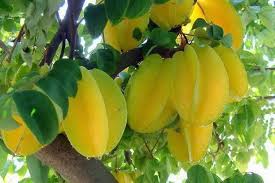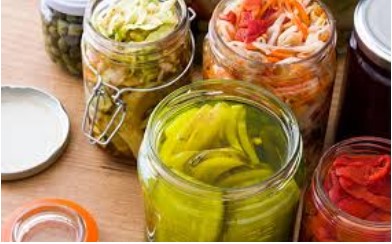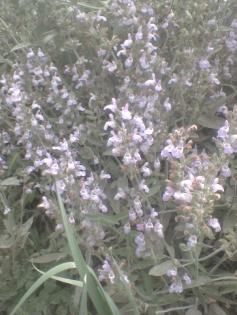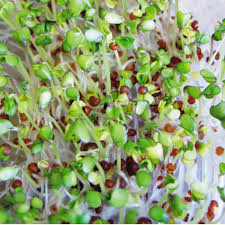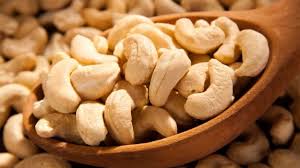Good week, new week!
Every week recently, new and refreshing crops of winter are added to the garden.
We are still trying to find our new driver. If it is important for you to know who is on his way to you, please be in touch with us at the office on the day of your delivery any time before 15:00. I’m asking again for a little more patience and please let us know about any issues. I'm working on it and it's at the very top of my priorities.
This week I have chosen to write about a real star that I should acquaint you with better especially now, because when it gets really cold it will no longer be here.
Our star of the week is an actual star which is with us now and will be for only a short while longer– the carambola, also called the star fruit.
The carambola grows on small to medium sized trees, which are not deciduous, which means that it does not shed its leaves in winter and, as appropriate to its geographic origin of south east Asia, does not like a very cold climate. Carambola fruit will be with us until the temperature drops or until the winter winds blow the unripened fruit off the tree…. so it is wise to make your acquaintance with the carambola now, because in this country's fall we don’t know how long it will be with us. Its visit may be short. The carambola has many different species with colors varying from white to orange, and tastes varying from sour to sweet. Accordingly, the uses vary as well: it may serve as a vegetable in salad, in sweet or sour canned preservatives, as a raw fruit, in soft drinks or alcoholic beverages – it is also used in liquors, in main courses and in deserts.
The Israeli carambola, usually the species goldenstar or Carrie, is sweet when completely ripe, when the color is orange. When they are yellowish their taste reminds me of a super juicy cucumber and I enjoy it as a vegetable. Yes, really, in a salad with lettuce, avocado, tomato…
Nir Tzuk wrote that most people have tasted the carambola before it has fully ripened. He states “When ripened, carambolas, like humans, soften, show flaws on the skin and the visual sex-appeal goes down. But carambolas that are ripe drip with juiciness and submit themselves easily."
Well, when you want to eat it raw as a fruit, you should let it ripen until full orangeness and even allow the edges to go slightly brown. The taste is sweet, refreshing and special.
In natural medicine it is known to treat hemorrhoids, cough, mouth sores and toothaches, drunkenness, cough, and kidney stones. I read somewhere that elderly Asian women start their mornings with a fresh carambola on an empty stomach to prevent constipation. The more it is ripe the sweeter it is, and if we eat it when it is most beautiful we will miss its sweet taste.
The carambola has vitamins A, B and quite a lot of C, also the minerals magnesium, zinc and potassium.
It is of course beautiful and decorates any drink or dish 🙂 and even relaxes the nervous system.
I highly recommend that you add carambola to your ordinary salads, it fits in well.
Recipes are not needed, but we have some here.
I like to simply add her to my regular salads. She blends lovely.
Here with Avocado, Alfalfa sprouts, Cashew and Cabbage with olive oil and lemon dressing.
Have a juicy, sweet and calm week,
Yours, Maggie and the Garden Staff
You can expect in our organic vegetable baskets (draft only):
Eggplants
lettuce
Zucchinis
Fennel
beets
Tomatoes
Cucumbers
Green onions
Cilantro / parsley
Pac-choy
Yams
In the larger organic vegetable baskets, also:
cabbage
Mizuna
Daikon radish
Parsley / cilantro
In organic fruit baskets, expected:
Bananas
Melon
Clementines
In the larger organic fruit baskets, also:
Sweeties
Oranges
Pomegranate

